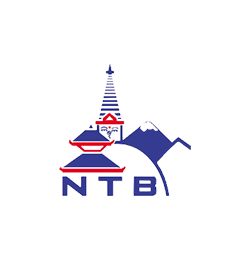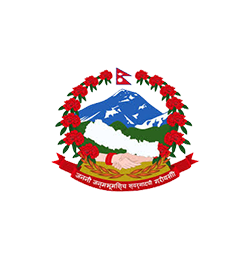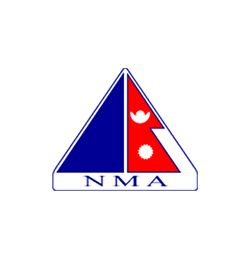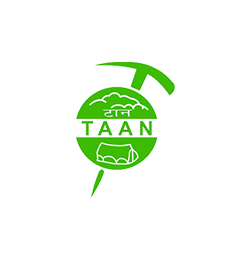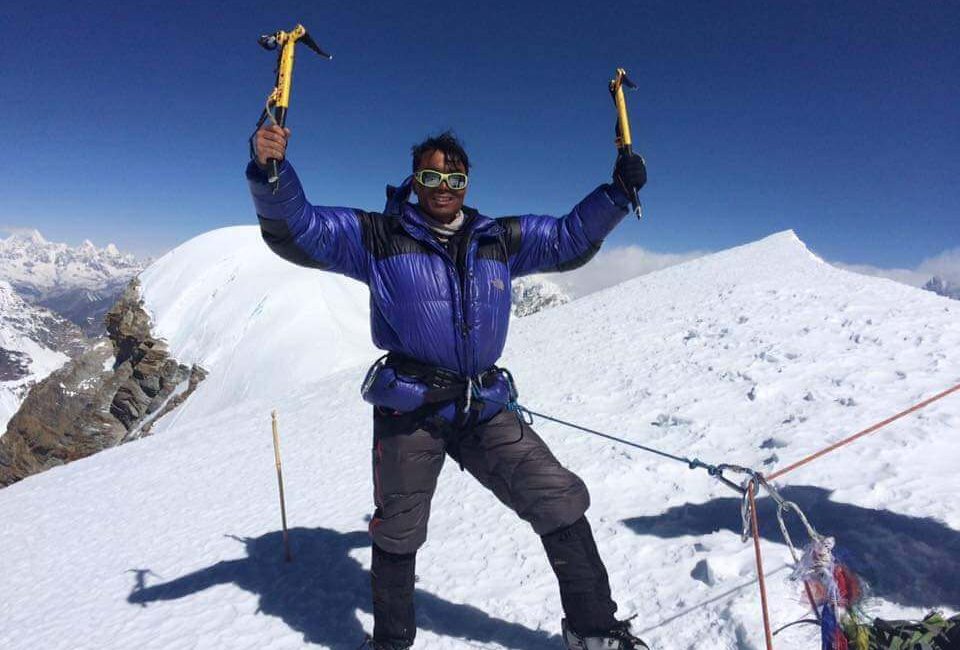

Introduction
Permits are the necessary things for climbing peaks, trekking, and for the Expedition of Nepal. To have a hike in any part of Nepal requires Permits. Permits provide you the required details for the route and that region. To enjoy beautiful nature, travelers need tickets then they can enjoy during the permit valid date. Trekking and peak climbing permit fee in Nepal is the most important things before to visit.
Trekking Permits
Trekking is totally different from Climbings. In Nepal, there are many places for trekking and all of them require permits for hiking. According to the place, altitude, and surrounding areas, the price of permits differs. Some are higher and some are lower. On the way, many checkpoints easily found. On the way to Everest Base Camp in Manjo, there is a check post of Sagarmatha National Park. The gateway to the Khumbu region. Similarly, for Annapurna Base Camp trek at Birethanti is the check post.
Climbing Permits
Climbing is also known as Mountaineering, an far, and more challenging sport. For climbing, it requires many skills and knowledge about mountaineering. After having some training any climbers can summit the peak but it requires permits also. According to the peak, region, altitude, conservation areas, the price of permits are different. Permits provide detailed information on that route and that region. In Nepal, Permits depend upon the altitude of the peak.
Mountain Climbing days
Nepal Mountaineering Association, handle and give permission above the 6500 meters mountains. Those mountains take from 12-20 days to climbing. Although from Base Camp to high altitude it takes 30-60 days for summiting the peak. Mountains listed in Nepal Mountaineering Association require climbing permits for summiting the peak. And less of the peaks need to join the Nepal tourism board for permits.
Peak climbing permission
While climbing peaks or trekking in Nepal not only permits are necessary but also permissions. Some climbing or hiking destinations can be closed also so without getting permission or without any knowledge mountaineering is an impossible thing to do.
NMA Means?
Nepal Mountaineering Association, known as NMA in the shortcut. It’s an organization that the non-political, non-profitable, and non-governmental, which works as a National Alpine Association of Nepal. NMA established for the promotion of Mountain tourism, summit sports, for the protection of the mountain environments and preserve, and for the promotion of the cultural heritage of mountain people. On November 1, 1973. The National Mountaineering Association organization was established.
NMA peak service charge
In Nepal for climbing any Mountain, it requires approval from the National Mountaineering Association and government. To risk life and for the safety of the Nature wildlife permits are needed. According to the mountains, there are different costs of permits. Permits costs are different according to seasons also because some are peak season and some are off-season.
Some seasons are difficult because of rainfall and freezing temperatures at high altitudes. Weather gives more challenges to summit mountains and peaks.
Climbing Royalty for foreign climbers Above 8000m
There are 14 mountains above 8000m in Nepal but among them, only 10 of them are open for climbing. Permits costs are different according to the season, Mountains, and altitude. On this group of permits, there are eight mounts among the top 10 of the world. On a spring season peaks above eight thousand costs from $1800- $11000 dollars. In autumn it costs from $900- $5500 dollars and in winter/summer it costs between $400 – $2800 dollars.
Above 7501 meters to 7999 meter
Firstly, there are 15 mountains from 7501 to 7999 meters in Nepal. All of them are open. According to their region, season, mountains the cost differs. Mainly permit costs are different according to seasons. In the spring season, it costs higher because of the peak season it costs $600 -$900 dollars.
Similarly, In Autumn it costs $300 dollars on a range of this group, and in winter/summer it costs $150 dollars permit fees to summit the peak.
Above 7000 meters to 7500 meter
This range has the highest number of mountains to summit and multiple choices. There are 35 peaks from 7000 to 7500 meters in Nepal. All of the mountains are opened for all seasons. This range of mountains permits prices are also different according to the seasons. In the spring season, It’s costs higher due to the peak season, it costs around $500 dollars to the summit. In autumn it costs about half of the cost of the spring which is only $250 dollars, and in winter/summer it costs only $100 dollars to the summit.
Less than 6500 meters
Specifically, there are many more peaks under 6500 meters in Nepal. Many climbers are summit this range because it requires less skill, time, and effort to the summit. There are many peaks which are opened for all seasons. It costs less than other ranges of mountains to summit. So, the costs of permits are different according to seasons. As spring is the best season for summiting peaks it costs higher in this season, only $250 dollars for permit fee in spring, In autumn it costs only $125 dollars to summit the peak. Finally, in winter/summer it costs 70 dollars to the summit.
Permit of Ama Dablam mountaineering
The climbing permit cost of Ama Dablam, different from other peaks only in the autumn season because of its elevation and popularity. With an elevation of 6812 meters. Pricing is different according to the seasons. In the spring season it costs $400 dollars to summit the peak, In autumn also it costs the same $400 dollars because it is also the climbing season for Ama Dablam, and in winter/summer it costs only $200 dollars.
Conclusion
However, Nepal is a mind-blowing place for trekking and mountaineering in Nepal. You need to buy trekking and climbing permit ” Trekking and peak climbing permit fee in Nepal”. The Royalties of Mountain Climbing permits in Nepal were recently restructured by the government of Nepal.
Since the 1st of January 2015, the royalty structure has been implemented. For the promotion of climbing in remote locations, to the encouragement of mountaineering call year-round, and for the stimulation of the competitive neighboring countries the objectives of restructuring the royalty fees. Currently, Island peak, Mera peak, and Thapa peak are collecting the most royalty fees in the past days.

